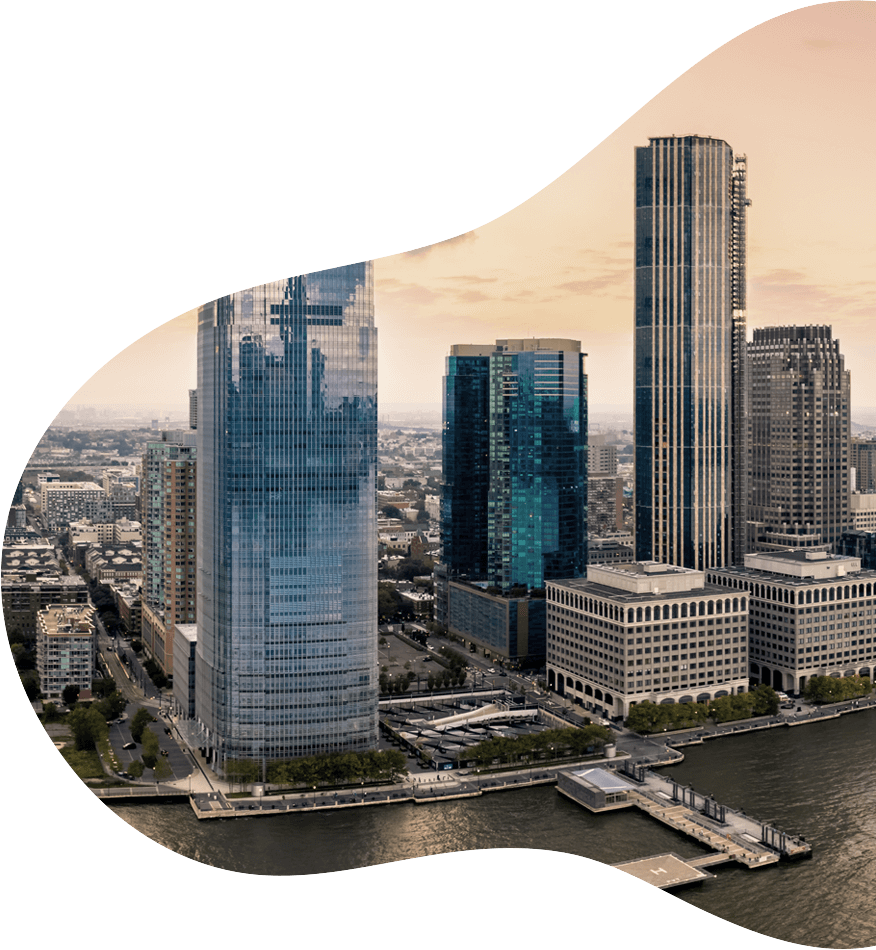
Blog
By: Dr. Vasisht
Getting cosmetic breast surgery — also called mammaplasty — is a big decision. There are many things to consider before going under the knife. Are you in reasonably good health to handle this procedure? Are you prepared to have regular check-ups and additional surgery in the future? Do you opt for a saline or silicone implant or a third option? These are some of the questions you will need to answer.
One of the most important considerations regarding cosmetic breast surgery is whether you need a breast lift or breast augmentation. Both procedures aim to improve the appearance of your chest, but they do so in different ways and target fairly different concerns. Keep reading to learn more about each option, including which patients they are recommended for.
What Is a Breast Lift?
Also known as mastopexy, a breast lift is a surgical procedure that aims to correct sagging breasts (ptosis). While there are several mastopexy techniques, all involve removing excess skin and manipulating the breasts into a more youthful position.
The typical candidates for this procedure are women who are unhappy with breasts that are droopy, flat or have large areolas. Such breast changes can happen due to pregnancy, breastfeeding, age, weight fluctuations and genetics.
A mastopexy procedure is performed in a hospital setting or surgical center, usually on an outpatient basis. Patients are put under general anesthesia. Before the procedure, surgeons mark where the nipple will be positioned on the breast. To extend the longevity of mastopexy results, some surgeons use a mesh implant to provide extra strength to breast tissue.
What Is Breast Augmentation?
Also known as breast enhancement, breast augmentation is surgery to increase breast size and improve breast shape or symmetry. The procedure usually involves placing implants under the breast tissue or chest muscles. But in some cases, it may even involve fat transfer.
Typical candidates for breast augmentation are women who are unhappy with the size or shape of their breasts. However, it can also be part of breast reconstruction surgery following a mastectomy or a type of gender affirmation surgery.
The procedure is usually performed in a hospital or surgical center on an outpatient basis with patients under general anesthesia. The surgeon makes one incision to place the implant, which can be under your breast, under your arm or around your nipple. The surgeon then creates a “pocket” where the implant will go by separating breast tissue from muscles and connective tissue. Silicone implants are pre-filled with silicone, while saline implants are placed empty and then filled with sterile saltwater after being placed.
How Can I Tell Which One I Need?
Three main points to look at before deciding which surgery is ideal for you are breast size, volume and nipple position.
If you are happy with your breast volume but not with how your breasts look because they are drooping or have a “deflated” appearance, you may be a good candidate for a breast lift. A breast lift can also elevate the nipple position and reduce the size of large areolas.
If you have small breasts and would prefer your breasts were larger, then you could benefit from breast augmentation. Breast augmentation may also be a good choice if you want to give your breasts a rounder shape with more cleavage, or if you want to improve their symmetry.
In general, we recommend breast augmentation to anyone with the following concerns:
- Insufficient breast volume
- Poor breast projection
- Uneven breasts
- Lack of cleavage
As far as breast lift goes, the usual candidates are women with the following issues:
- Saggy or flat breasts
- Excess or loose breast skin
- Downward pointing nipples
Combining Breast Lift and Augmentation
Women experiencing breast sagging often also have inadequate breast volume. This is why we frequently perform augmentation together with a breast lift in women experiencing problems with their breasts after pregnancy, breastfeeding or weight loss.
Called augmentation-mastopexy or mastopexy with breast augmentation, this technique combines two surgical procedures to both lift breast tissue and add volume using implants. A breast lift helps create perkier and more youthful-looking breasts while breast augmentation restores lost volume or adds volume if that’s the desired goal.
During this procedure, your surgeon will remove excess skin and tighten and reshape underlying tissues with sutures. Sometimes, surgeons also reduce the size of the areola or reposition it to be closer to the center of the breast. Once this part of the procedure is complete, your surgeon creates a pocket for the breast implant and closes the incisions with sutures.
Things to Consider Before Getting Breast Surgery
Breast surgery is a major procedure that requires a lifelong commitment. You want to make sure you know everything there is to know before considering this type of treatment:
Not all surgeons are created equal
While every surgeon in the U.S. is legally required to have a valid practicing license, the same isn’t true for board certification. Board certification means that the surgeon has undergone further training and has a higher level of skill in their area of expertise. Check if your surgeon is a member of the American Society of Plastic Surgeons and other professional associations.
The recovery is lengthy
You may need to take some time off from work and avoid exercising and strenuous activities for two to eight weeks, depending on how complex your surgery is. Generally speaking, patients recover sooner from a breast lift than breast augmentation or a mastopexy augmentation.
Your health status matters
Having an active infection anywhere in the body or being pregnant or breastfeeding are contraindications for cosmetic breast surgery. You should also notify your surgeon about any chronic health conditions, including mental health conditions, so they can take necessary precautions to ensure your surgery goes well.
Implants need to be replaced
The American Society of Plastic Surgeons recommends replacing implants every 10 to 15 years. That’s simply because implants wear down, which can lead to leaking into the breast tissue. You may even need to have your implants replaced sooner if they rupture or cause health problems.
Complications can happen
Some women develop something called breast implant illness (BII) after breast augmentation. Symptoms may include chronic fatigue, brain fog, joint pain and other nonspecific symptoms. Other possible complications include infection, excess scar formation and unsatisfactory results. While this is a rare complication, it is something to be aware of.
Have More Questions About Cosmetic Breast Surgery?
If you are ready to take the next step towards more youthful or well-proportioned breasts, we invite you to contact South Shore Plastic Surgery at 856-784-2639 or schedule your consultation with New Jersey plastic surgeon Dr. Bhupesh Vasisht. Dr. Vasisht will discuss your options with you and be happy to answer all your questions regarding mammoplasty and other cosmetic procedures.

